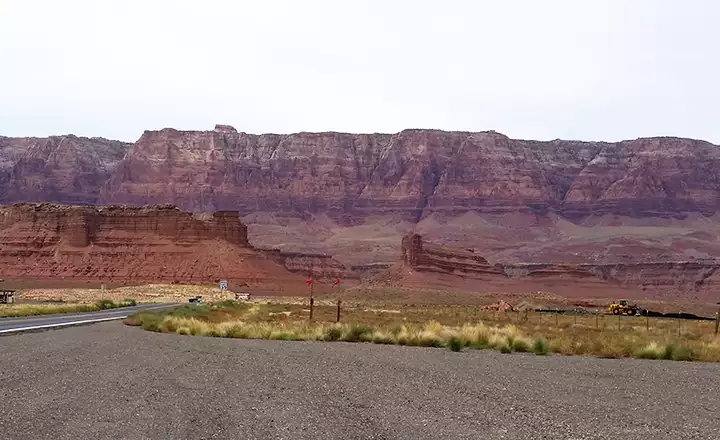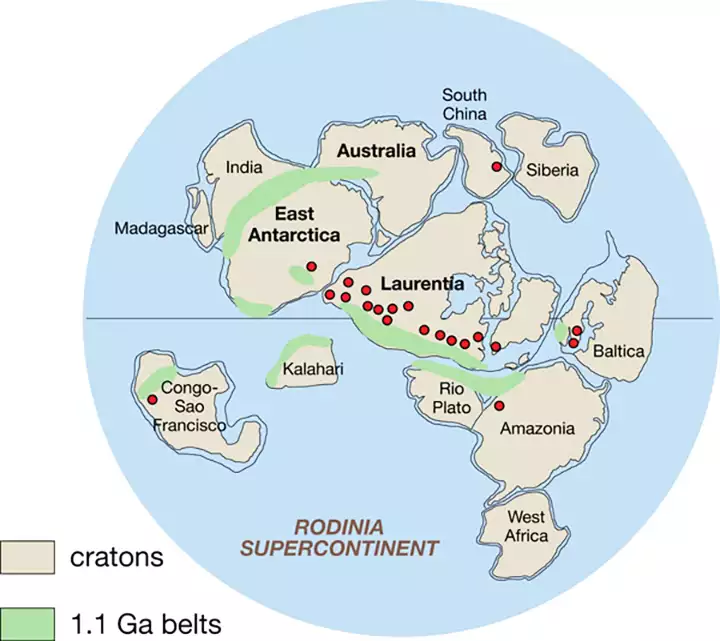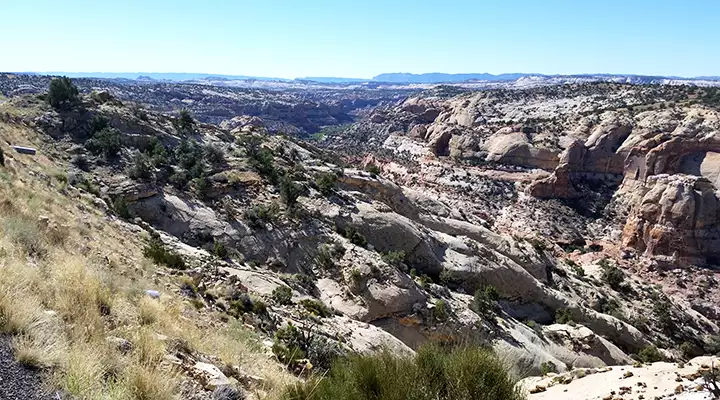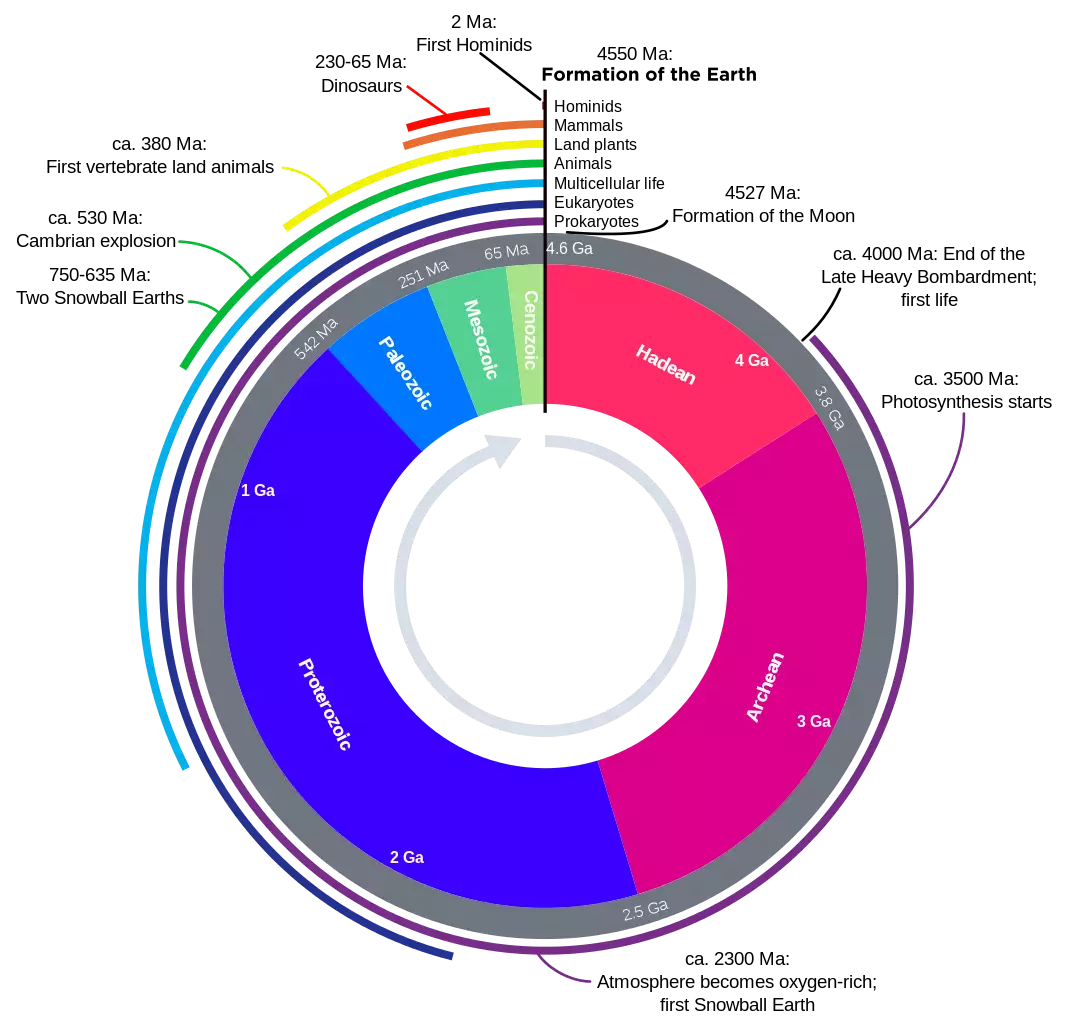The Possible Supercontinent Rodinia

Rodinia today: Sandstones laid down in the time of Rodinia
The supercontinent Rodinia was in existence between about 1.1 billion years ago and 750 million years ago. As a massive supercontinent, it ruled the Earth's climate during most of its existence. In the center of the agglomerated supercontinent was the landmass of the Laurentia craton. The west coast of Laurentia was against the edges of East Gondwana (Antarctica and Australia), the east coast cradled West Gondwana (South America and Africa) and the north coast was against Arctica (Baltica and Siberia).
What is now the southwestern United States was in the heart of the desert that existed at that time. Wind-blown sands accumulated all across the area. Sand dunes reached depths of a couple thousand feet. Then came periods of glacial expansion and retreat, the weight of the ice compressing the sand.
Among the particles of sand were the remains of ancient marine lifeforms. The color of the bands of sand depends on the lifeforms and what minerals they concentrated in their bodies. In those ages, the oceans were heavy with iron, hence the red colors of the Navajo, Chinle and Entrada formations. The upper photo on this page was taken from the Navajo Bridge across the Colorado River. That is in the heart of the Rodinia desert on what is now the Colorado Plateau, and all the rock visible in the photo was laid down in layers of sand dunes during the time of Rodinia. Travel in the Grand Staircase-Escalante National Monument to the north is to travel through upper layers of the Rodinian desert.

Reconstruction of Rodinia circa 750 million years ago
The green areas are orogenies from about 1.1 billion years ago
The red dots are granites from 1.5-1.3 billion years ago
About 750 million years ago Rodinia began to split into three pieces: the Congo craton, Proto-Laurasia and Proto-Gondwana. The Proto-Tethys ocean separated Proto-Laurasia from Proto-Gondwana. Proto-Laurasia then further split into Laurentia, Baltica and Siberia. That split formed the Iapetus Ocean and the Paleoasian Ocean as Baltica moved east of Laurentia and Siberia moved northeast. The parts would all come together again 100 million years later as the short-lived supercontinent Pannotia.

Escalante Canyon in Grand Staircase-Escalante National Monument
also part of the Rodinian desert
Geologic Clock is in the public domain
Map is in the public domain
